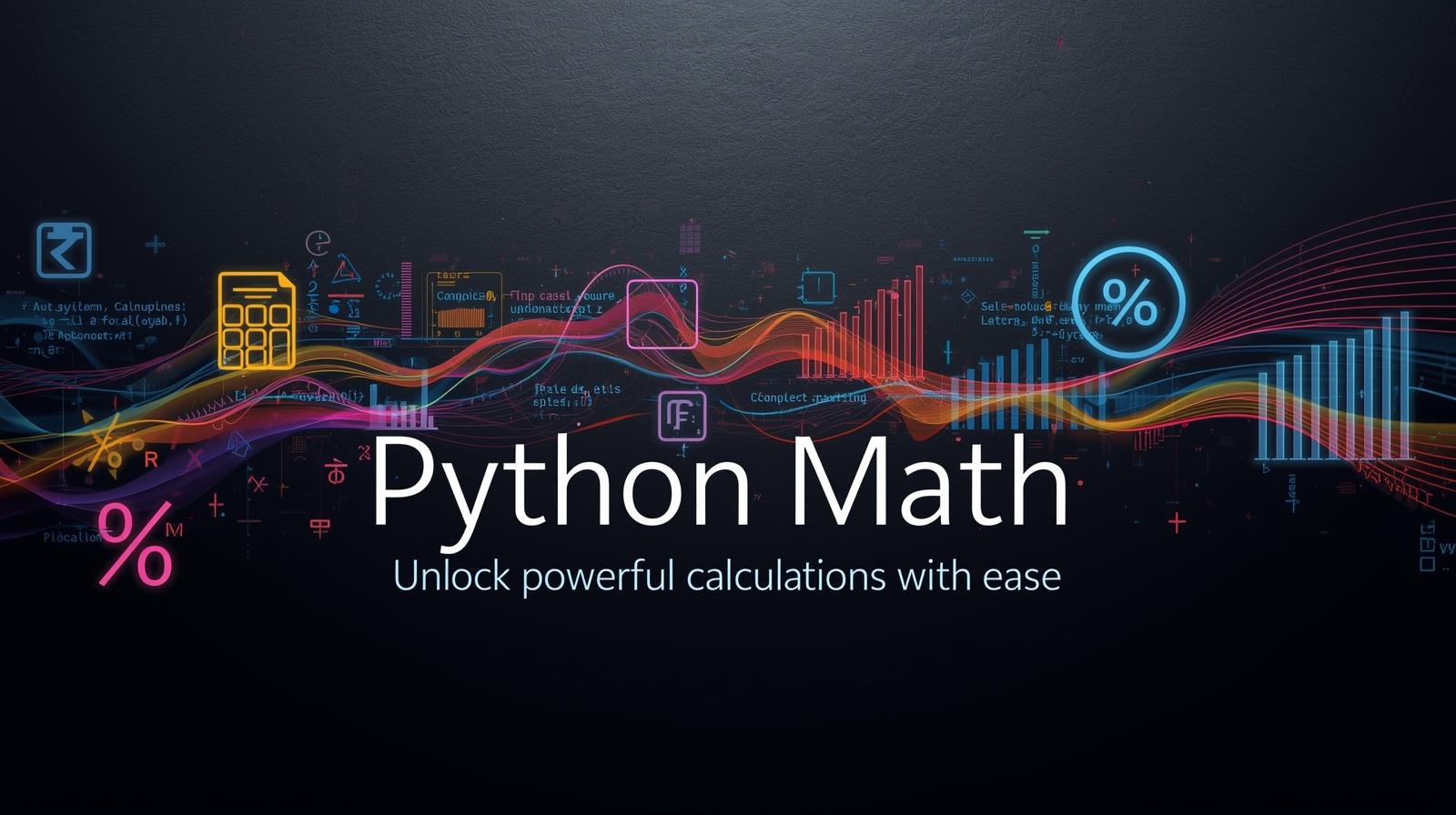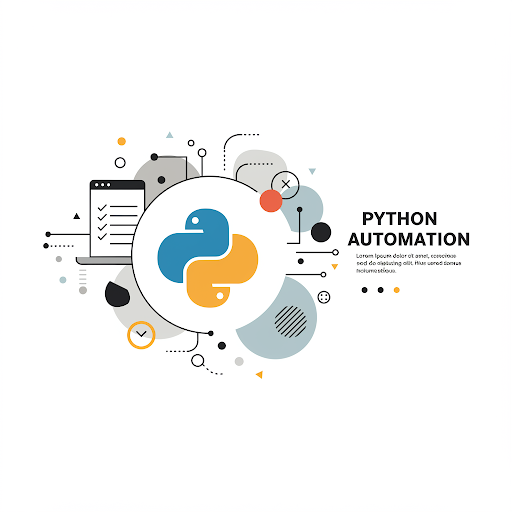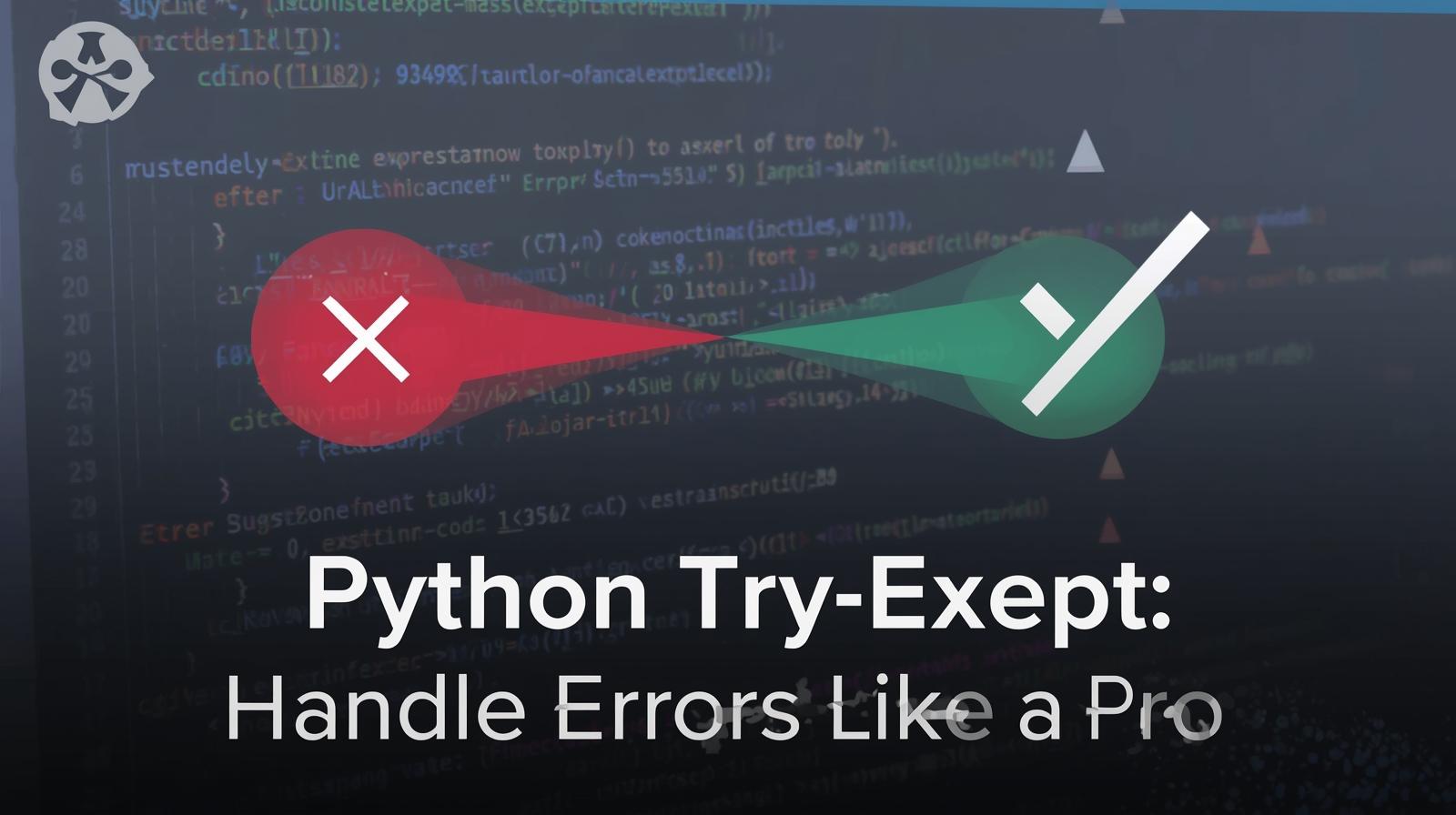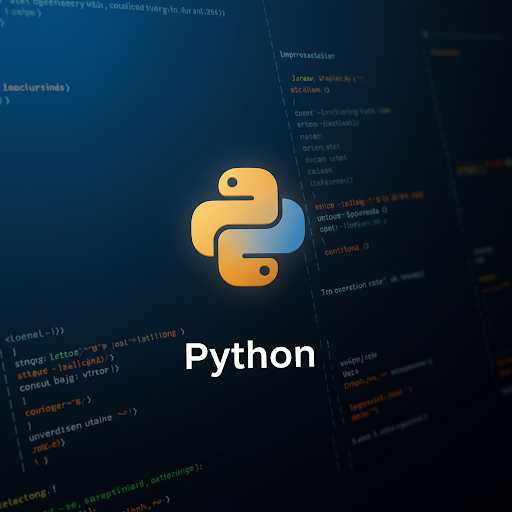Understanding Data Types in Python: A Complete Guide
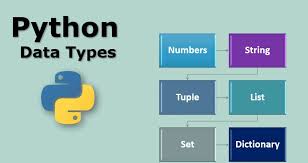
Learn about different data types in Python, including numbers, strings, lists, tuples, dictionaries, and sets. Explore their uses with examples.

Understanding Data Types in Python: A Complete Guide
Introduction
Python is a dynamically typed language that supports various data types. Understanding data types is crucial for efficient programming and data manipulation. In this guide, we will explore Python's fundamental data types with practical examples.
1. Numeric Data Types
Python provides three types of numeric data types:
1.1 Integer (int)
Integers are whole numbers, positive or negative, without decimals.
num = 10
print(type(num)) # Output: <class 'int'> 1.2 Floating Point (float)
Floats represent decimal numbers.
num = 10.5
print(type(num)) # Output: <class 'float'> 1.3 Complex Numbers (complex)
Complex numbers have a real and an imaginary part.
num = 2 + 3j
print(type(num)) # Output: <class 'complex'>2. Sequence Data Types
Sequence types store multiple values in an ordered manner.
2.1 Strings (str)
Strings are sequences of characters enclosed in quotes.
text = "Hello, Python!"
print(type(text)) # Output: <class 'str'> 2.2 Lists (list)
Lists are ordered collections that are mutable.
fruits = ["apple", "banana", "cherry"]
print(type(fruits)) # Output: <class 'list'> 2.3 Tuples (tuple)
Tuples are immutable ordered collections.
colors = ("red", "green", "blue")
print(type(colors)) # Output: <class 'tuple'>3. Set and Dictionary Data Types
3.1 Sets (set)
Sets are unordered collections of unique elements.
unique_numbers = {1, 2, 3, 4, 4}
print(type(unique_numbers)) # Output: <class 'set'> 3.2 Dictionaries (dict)
Dictionaries store key-value pairs.
person = {"name": "Alice", "age": 25, "city": "New York"}
print(type(person)) # Output: <class 'dict'>4. Boolean Data Type
4.1 Boolean (bool)
Boolean values represent True or False.
is_python_fun = True
print(type(is_python_fun)) # Output: <class 'bool'>5. None Type
5.1 NoneType
None represents the absence of a value.
empty_value = None
print(type(empty_value)) # Output: <class 'NoneType'>Conclusion
Python offers a rich set of data types to handle different kinds of data efficiently. Mastering these types helps in writing optimized and bug-free code. By understanding their properties and use cases, you can improve your Python programming skills significantly.
